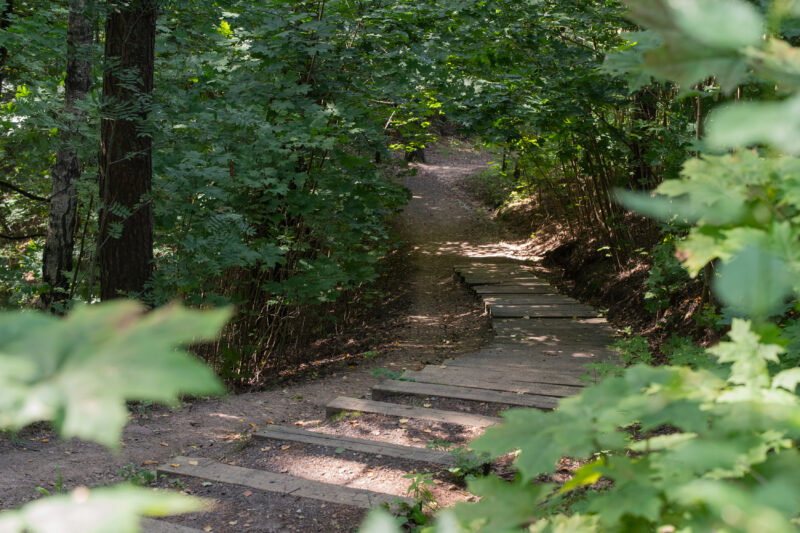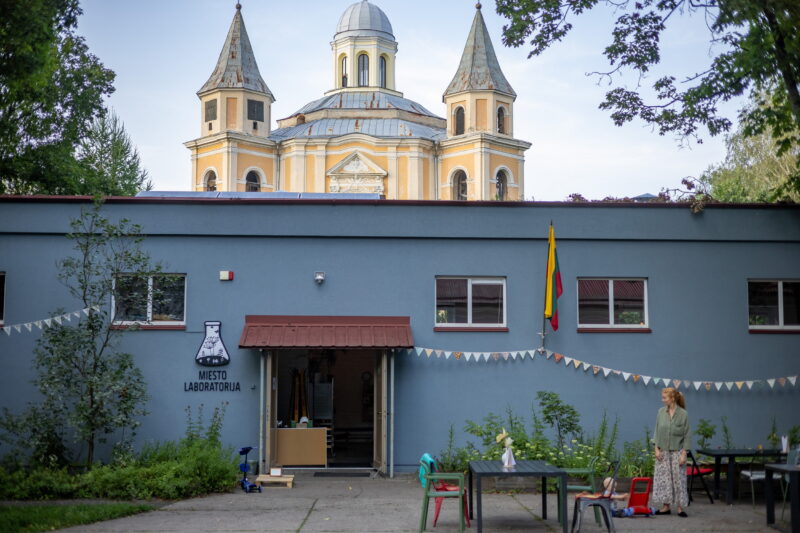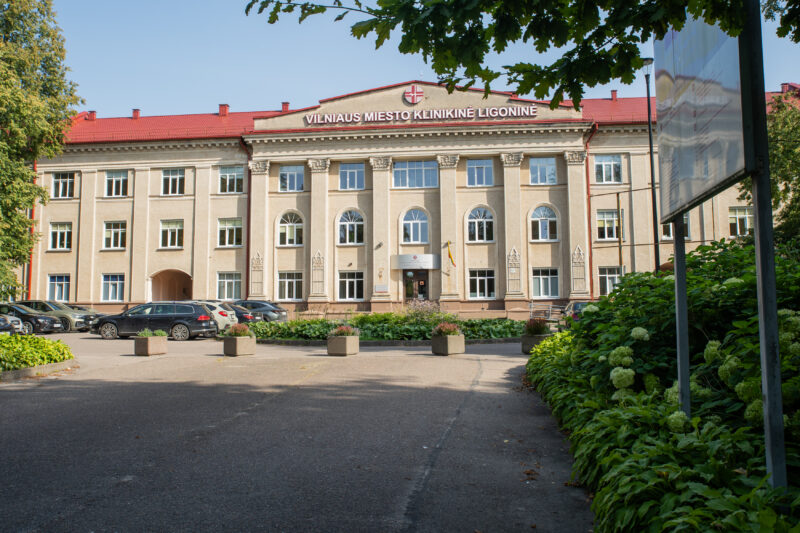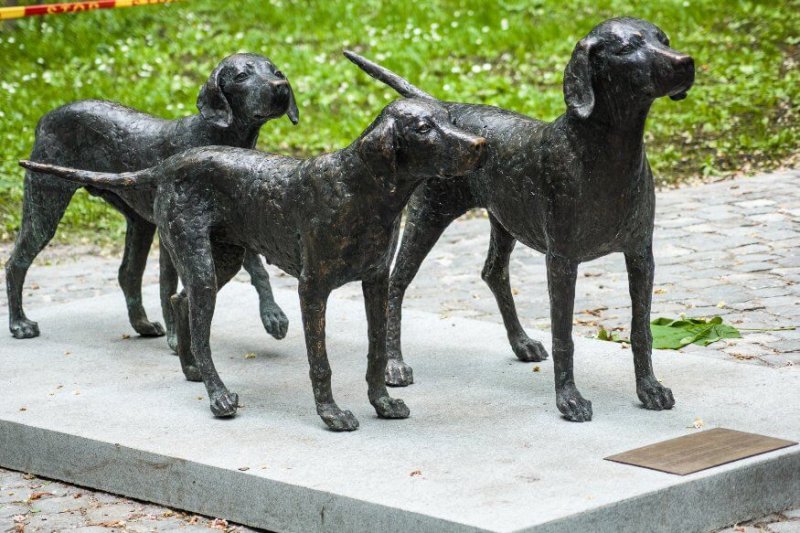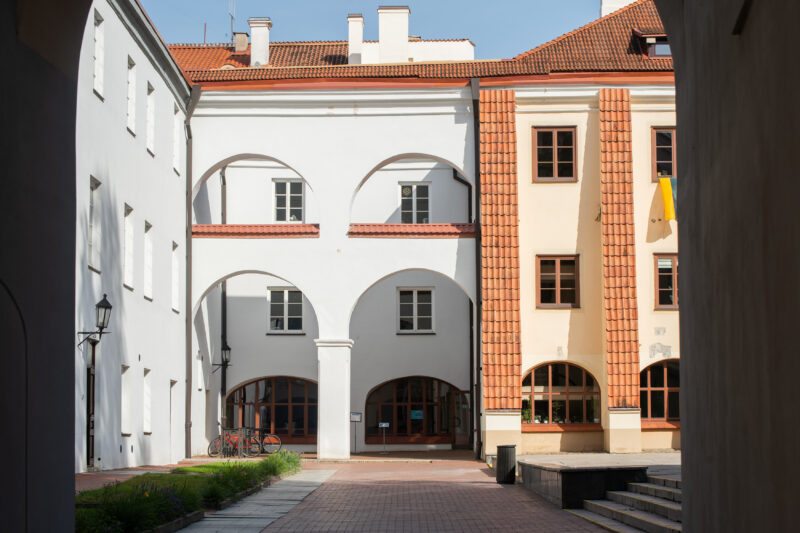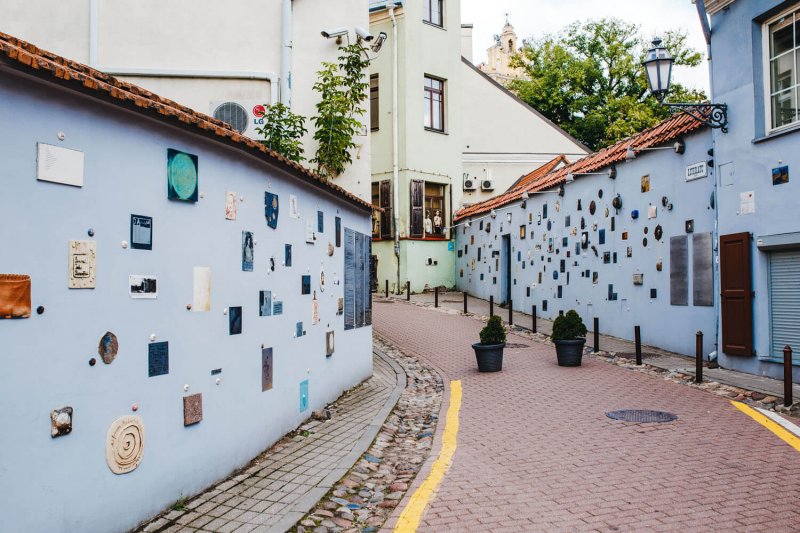We invite you to set off on a journey where Vilnius unfolds not just as a city of infrastructure but as a living fabric woven from science, history, nature, and culture. At every step, you will encounter traces of the life sciences that are reflected in the city’s spaces – from modern research centres to historic parks, as well as in the rhythms of natural processes and even in literary metaphors.
This route links nine stops, each one a symbolic ‘gene’ in the story of life. Together they reveal humanity’s attempts to understand, create, and even rewrite the very foundations and code of life – whether in laboratories, in nature itself, or in our shared cultural imagination. Along the way, the city itself turns into an open laboratory, where every space invites reflection on science, sustainability, and the intricate ties between people and the environment.
It is a journey in which the city becomes an open laboratory and different spaces become starting points for reflection on science, sustainability, and the relationship between humans and the environment.




